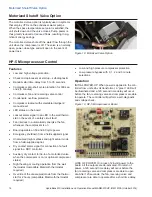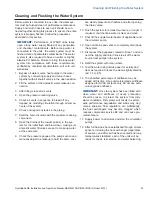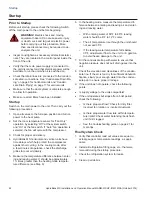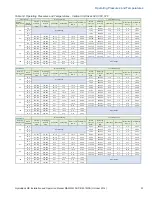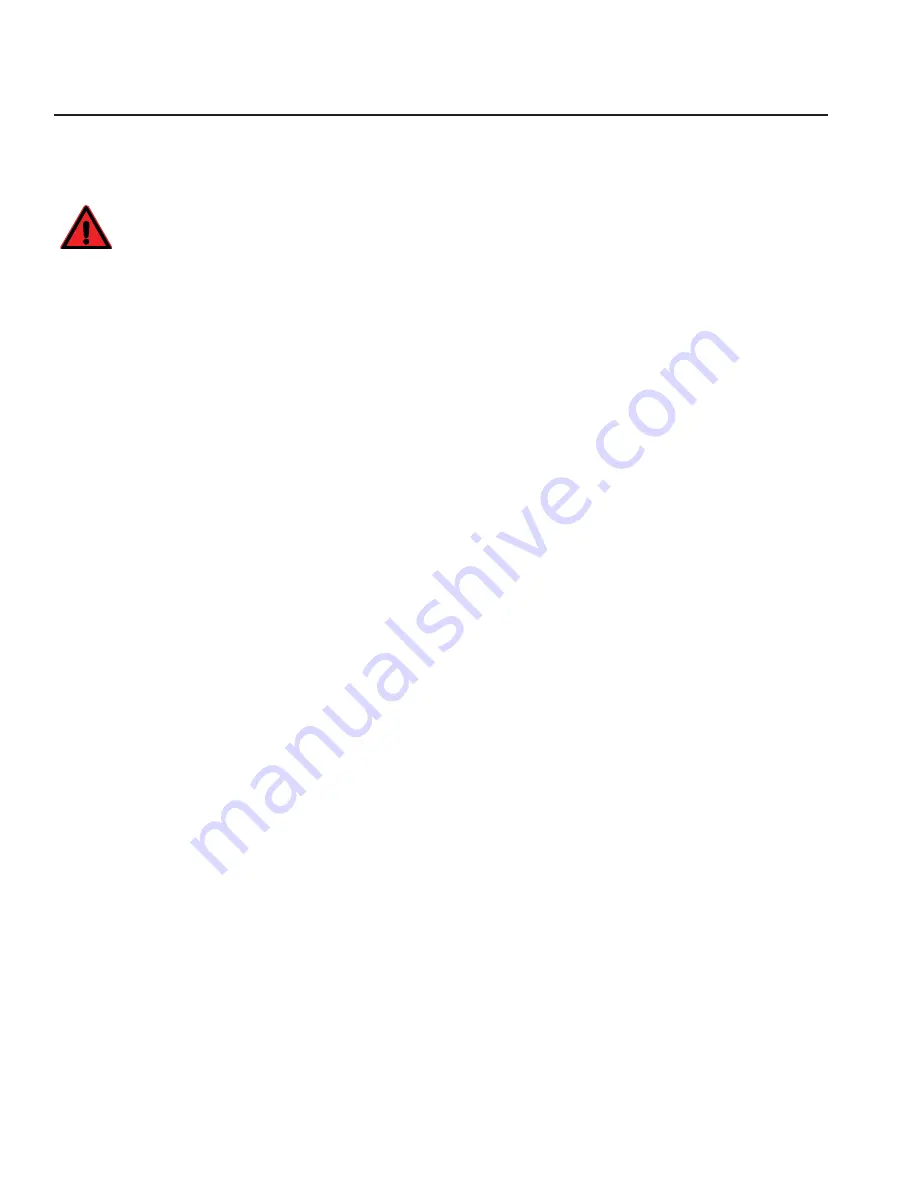
24
HydroBank MS Installation and Operation Manual MAMM-WSHP-IOM-1MSA (October 2014)
Startup
Startup
Prior to Startup
Before unit startup, please check the following. Switch
off the main power to the unit before beginning.
WARNING!
Electric shock and moving
equipment hazard. Can cause severe injury
or death. Lock and tag out all electric power
before carrying out this procedure. More
than one disconnect may be required to de-
energize the unit.
•
Inspect and tighten as necessary all electrical termi-
nals. They are located in the control panel inside the
front of the unit.
•
Verify that the main power supply is connected to
the unit disconnect and that electrical power will be
available to run the unit when it is switched on.
•
Check that drain lines are connected to the conden-
sate drain connections. See “Condensate Drain Pip-
ing” on page 9 for horizontal units and “Conden-
sate Drain Piping” on page 11 for vertical units.
•
Make sure that the duct system is complete enough
to allow for operation.
•
Make sure all air filters have been installed.
Startup
Switch on the main power to the unit. Then carry out the
following procedures.
1. Open all valves to the full-open position and turn on
power to the heat pump.
2. Set the room temperature sensor for “Fan Only”
operation by selecting “Off” at the system switch
and “On” at the fan switch. If “Auto” fan operation is
selected, the fan will cycle with the compressor.
3. Check for proper air delivery.
4. HydroBank MS horizontal and vertical units have
time delays which help protect the compressors
against short cycling. In the cooling mode, after
a few minutes of operation, check the discharge
grilles for cool air delivery.
5. Measure the temperature difference between enter-
ing and leaving water. It should be approximately
1½ times greater than the heating mode tempera-
ture difference (see Step 6).
6. In the heating mode, measure the temperature dif-
ference between entering and leaving air and enter-
ing and leaving water.
o
With entering water of 60°F to 80°F, leaving
water should be 6°F to 12°F cooler.
o
The air temperature rise through the unit should
not exceed 35°F.
o
If the leaving water temperature falls below
35°F, adjust water flow to the unit to >3 gpm/ton
to avoid freeze damage to the unit.
7. Fill the condensate trap with water to ensure that
negative pressure does not pull drain gases into the
unit.
8. Check the elevation and cleanliness of the conden-
sate line. If the air is too dry for sufficient dehumidi-
fication, slowly pour enough water into the conden-
sate pan to ensure proper drainage.
9. If the unit does not operate, check the following
points:
•
Is supply voltage to the units compatible?
•
If the unit operates but stops after a brief period,
check the following.
o
Is there proper airflow? Check for dirty filter,
incorrect fan rotation or incorrect ductwork.
o
Is there proper water flow rate within tempera-
ture limits? Check water balancing; back flush
unit if dirt clogged.
o
See the troubleshooting guide on page 21 for
more tips.
Final System Check
1. Verify that controller read out values are equal to
actual gauge or temperature readings, as appli-
cable.
2. Install all refrigeration fitting caps, etc., that were
removed during the startup procedure.
3. Check the refrigeration system for leaks.
4. Clean up all debris.







